
One of Broadway's most reliable character actors, George S. Irving, rarely achieved billing above the title of the plays and musicals he appeared in, but was revered by theatre pros and audiences alike for his consistency as a performer and for a rich, rumbling voice that gave the comic portrayals he essayed both a gravity and a deliciousness that was irresistible. Here's a bit of his career and life story in today's "Theatre Yesterday and Today."
Ever since Tuesday night, with all our sleep upended, I (along with so many others) kept busy searching for distractions anywhere I could find them. And that's what I was doing yesterday morning when screaming and honking horns outside my building happily interrupted my favorite YouTube rabbit hole of watching musical theatre professionals doing what they do best: performing in front of live audiences. And among the pros I watched, I discovered that they don't come much more professional, or more prolific, or more adorable than that great character actor George S. Irving (1922-2016).

George S. Irving, you might wonder? Not a very familiar name; maybe not even much of a familiar face to those who only watch television or films... but that voice! If you were a child of the sixties, Irving supplied character voices to many cartoons, most legendarily as the Heat Miser, the villain who regulates warm weather, in the 1974 Christmas classic in The Year Without a Santa Claus. He was also the unflappable narrator of the Underdog cartoons ("Time again for The Underdog Show, starring that Champion of Champions, UNDERDOG!").

In spite of a seventy-three-year career from which he virtually never retired, Irving's appearances in film and on TV were relatively sparse (save for the lucrativeness of commercials, such as the series he did for White Owl Cigars — "We're gonna get-cha!" Not surprisingly, it was in the theatre where he truly excelled and made his mark, with no less than 32 (!) Broadway shows among his credits, beginning with the chorus of the original production of Oklahoma! in 1943 and ending with Me and My Girl in 1986, for which he received a Tony nomination (he won the award in 1973 for the revival of the 1920's musical Irene, which starred Debbie Reynolds). It's a remarkable career by any standards, and though he certainly appeared in his share of flops, what did it matter when he got to work with the likes of Rodgers and Hammerstein, Kander and Ebb, Jerome Robbins, Bob Fosse, Peter Brook, George Abbott, Gower Champion, Comden & Green, Jules Style, Harold Rome, Carol Channing, Gwen Verdon, Bette Davis, Chita Rivera, Peter Ustinov, Gore Vidal, Dustin Hoffman, Robert Morse? And the list goes on and on.
George Irving Shelasky was born Nov. 1, 1922, in Springfield, Mass. His father Abraham was a haberdasher and his mother, the former Rebecca Sack, was a homemaker, both Jewish Russian immigrants. As for how he landed in show business and got to Broadway, best to have Irving tell the story himself, by way of an interview he gave to BroadwayWorld.com back in 2004:
"When I was thirteen or fourteen, I sang in synagogues and churches when I was a boy soprano, if you can believe that. We had a very good dramatics teacher in high school. We did Julius Caesar and Chekhov. In my last year of high school there was a notice on the board that a dramatic school in Boston was offering a scholarship. This was 1940, and they were looking for young men who were not quite draft age and who were tall and had deep voices, so I got a scholarship right away.
After a year in Boston I got chorus work in St. Louis at the Muny Opera in 1942. A different show every week. Well, one afternoon we were getting ready to open Show Boat and one of the actors lost his voice. So, another actor had to go on for him and I went on for his replacement. Oscar Hammerstein happened to be there, and he took the rehearsal to put us in. So, I wrote to The Theatre Guild when they were casting Oklahoma! and asked them to remind Oscar Hammerstein that he knew me a little, and I got an audition and was cast in the chorus."
How about the chutzpah in that? This twenty-year-old kid writes a letter to the biggest producing organization on Broadway and winds up in the chorus of the biggest musical to hit town in years. It's also when he decided to take the “S” of his last name and use it as a middle initial, becoming for the first time "George S. Irving." However, his tenure at the St. James Theatre was nowhere near the long run of Oklahoma! (five years). Uncle Sam wrote a letter too — and Irving found himself drafted into the Army within two weeks of the show's opening. Assigned to Special Services, he didn't see action, serving instead in the military’s entertainment branch in the Philippines and Korea. In 1946, upon his discharge, he was quickly cast in the musical revue Call Me Mister about soldiers returning from the war. It was in that production where he met Maria Karnilova, a beloved ballet dancer and actress, who most memorably created the role of Golde in Fiddler on the Roof, which brought her a Tony Award. They married in 1948 and remained so for fifty-three years until her death in 2001.

But really, all you need to know about George Irving is in this clip from 2010. Here, he reprises his performance from the 1976 musical So Long 174th Street, which folded in two weeks. It was no surprise that all the critics pointed out Irving's "The Butler's Song" as a highlight (possibly the show's only highlight in some reviews). In 2008, it would be revived in a new production by the York Theatre Company as Enter Laughing, the title of Carl Reiner's semi-autobiographical novel he turned into a play, and upon which this musical is based. At the York, Irving was recruited to reprise the role he played thirty-two years earlier and brought the house down with this number. Fortunately, his big number was videoed for posterity when he did it a short time later on the stage of the Players Club in lower Manhattan.
Take note: he is eighty-eight years old.
But that's George S. Irving: consummate professional. I got to see him in plenty of things, most memorably in 1972 when he played the title role in Gore Vidal's An Evening with Richard Nixon and... This was a wonderful performance, with Irving clearly relishing the opportunity to lay it on thick as Nixon while he was still the nation's President. The show only ran two weeks (again, Irving was always at the mercy of the writing of the plays and musicals in which he appeared), but the man always delivered. It's no wonder he was cast so consistently, aided immeasurably by his reputation as one of the nicest guys around.

He died in 2016 at the age of ninety-four. And I couldn't help but share this complete list I put together of the Broadway appearances George S. Irving made (which naturally don't include the ones he did in stock or on tours, which adds to the total). But thirty-two Broadway shows in forty-three years? Most impressive.
Oklahoma! (1943)
Call Me Mister (1946)
Along Fifth Avenue (1949)
Gentlemen Prefer Blondes (1949)
Two's Company (1952)
Can-Can (1953)
Me and Juliet (1953)
Bells Are Ringing (1956)
Shinbone Alley (1957)
The Good Soup (1960)
Irma La Douce (1960)
Romulus (1962)
Bravo Giovanni (1962)
Seidman and Son (1962)
Tovarich (1963)
A Murderer Among Us (1964)
Alfie (1964)
Anya (1965)
Galileo (1967)
The Happy Time (1968)
Four on a Garden (1971)
An Evening with Richard Nixon and... (1972)
Irene (1973 revival)
Who's Who in Hell (1974)
All Over Town (1974)
So Long 174th Street (1976)
Once in a Lifetime (1978 revival)
I Remember Mama (1979)
The Pirates of Penzance (1981 revival)
Copperfield (1981)
On Your Toes (1983 revival)
Me and My Girl (1986)
If you enjoy these columns, check out Up in the Cheap Seats: A Historical Memoir of Broadway, available at Amazon.com in hardcover, softcover and e-book. And please feel free to email me with comments or questions at Ron@ronfassler.org.

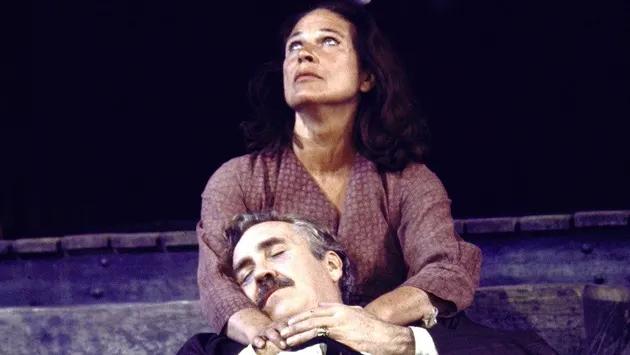
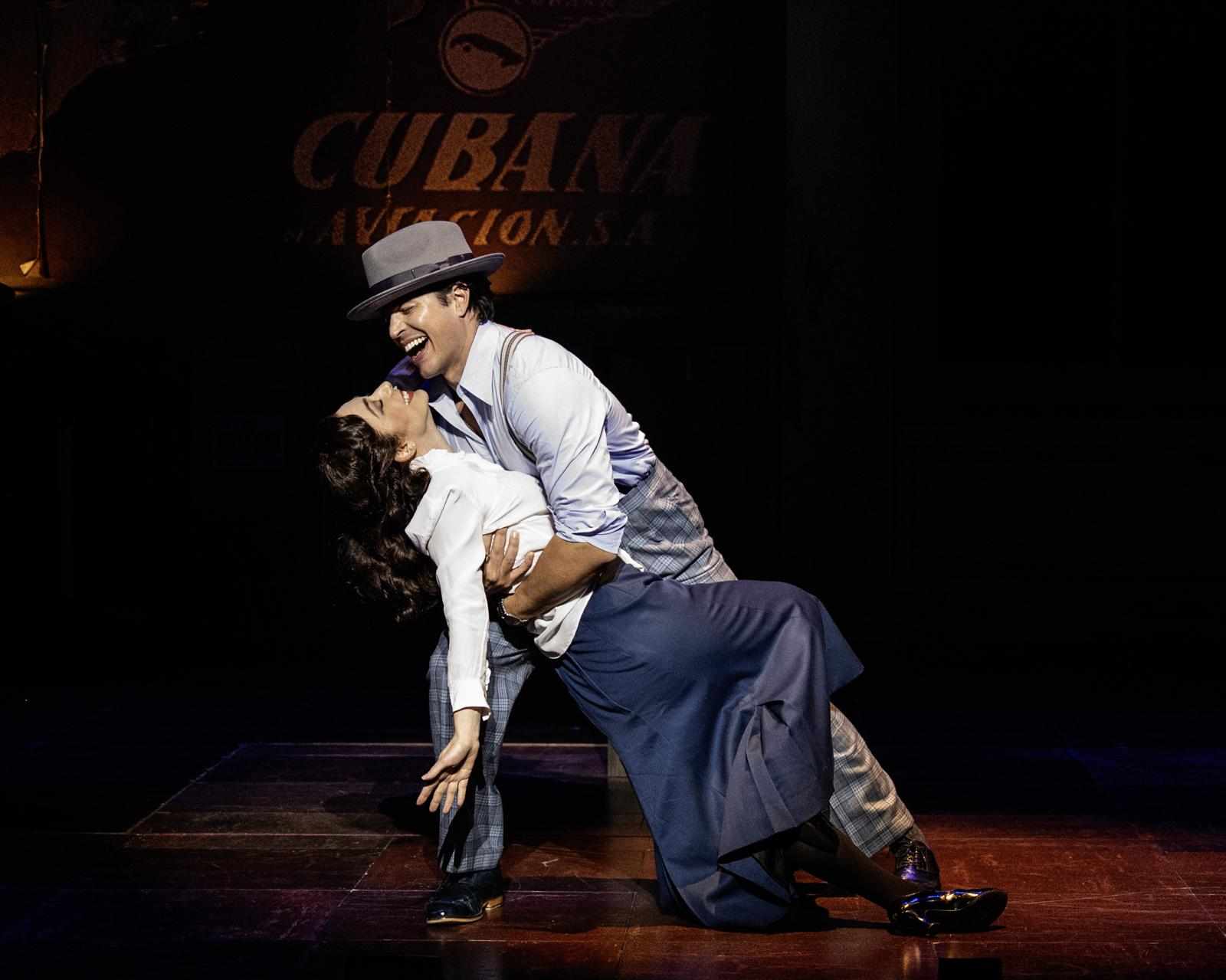
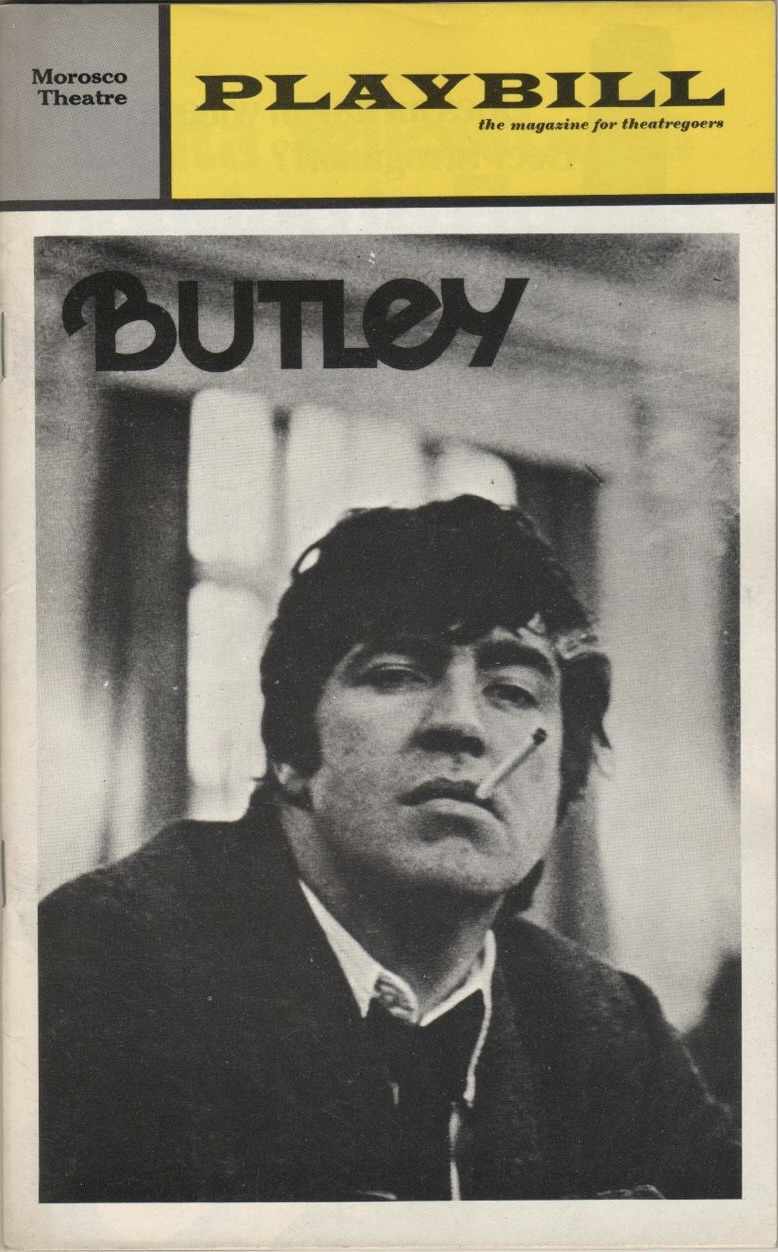
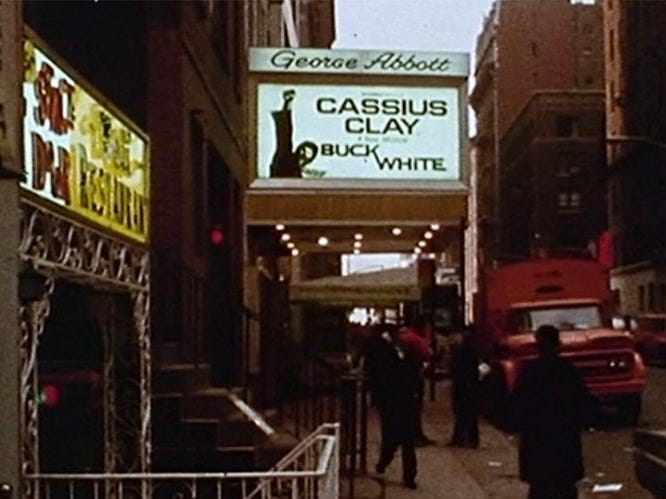

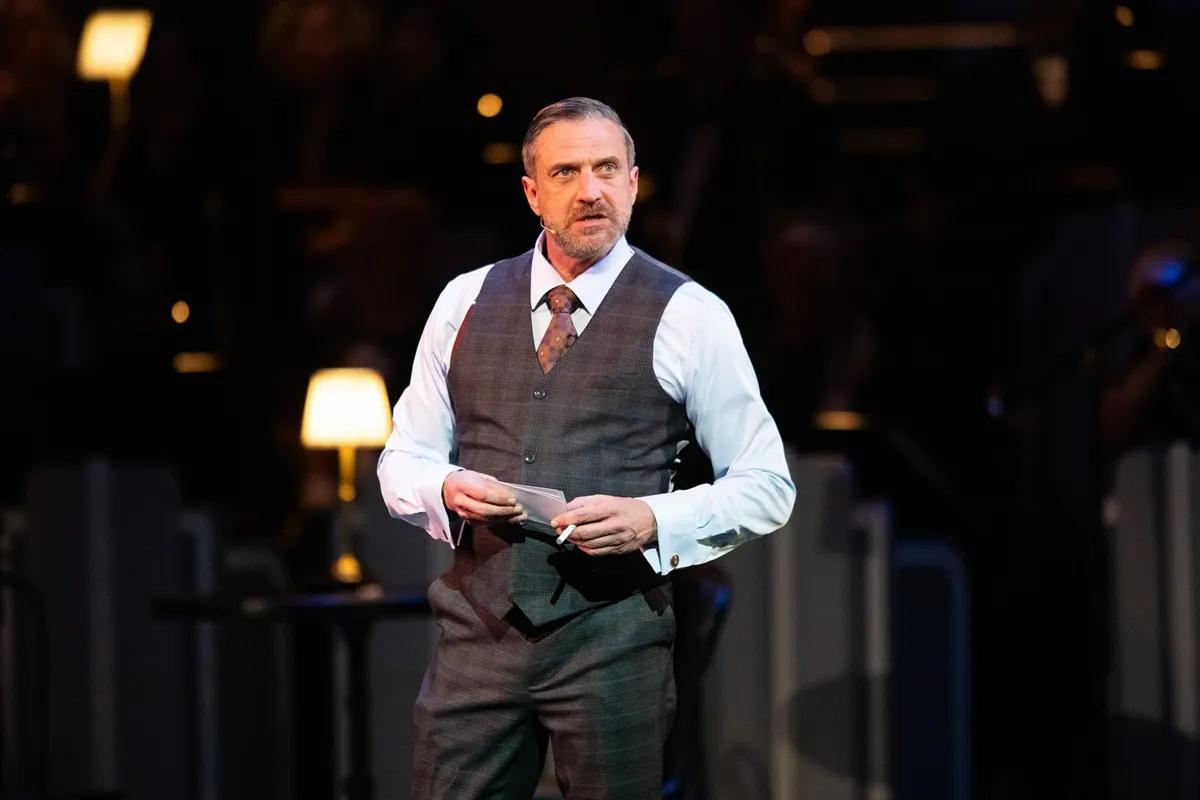

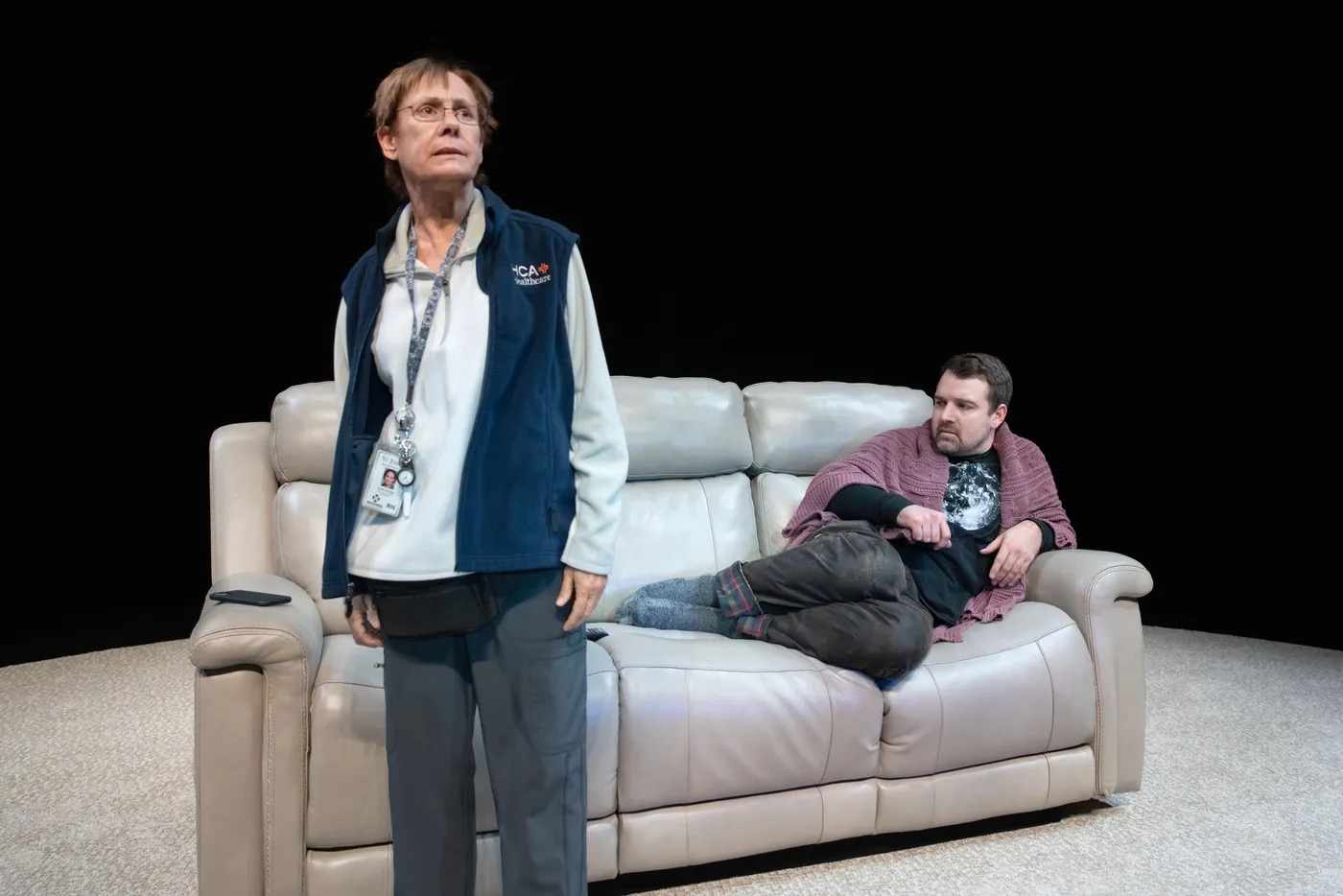


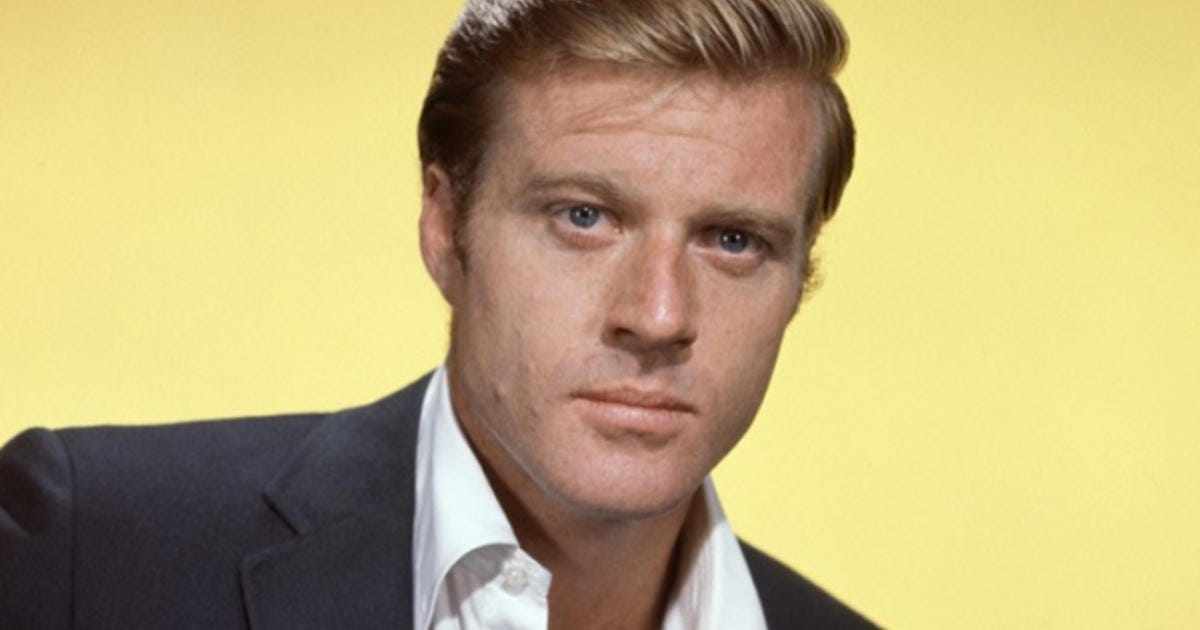
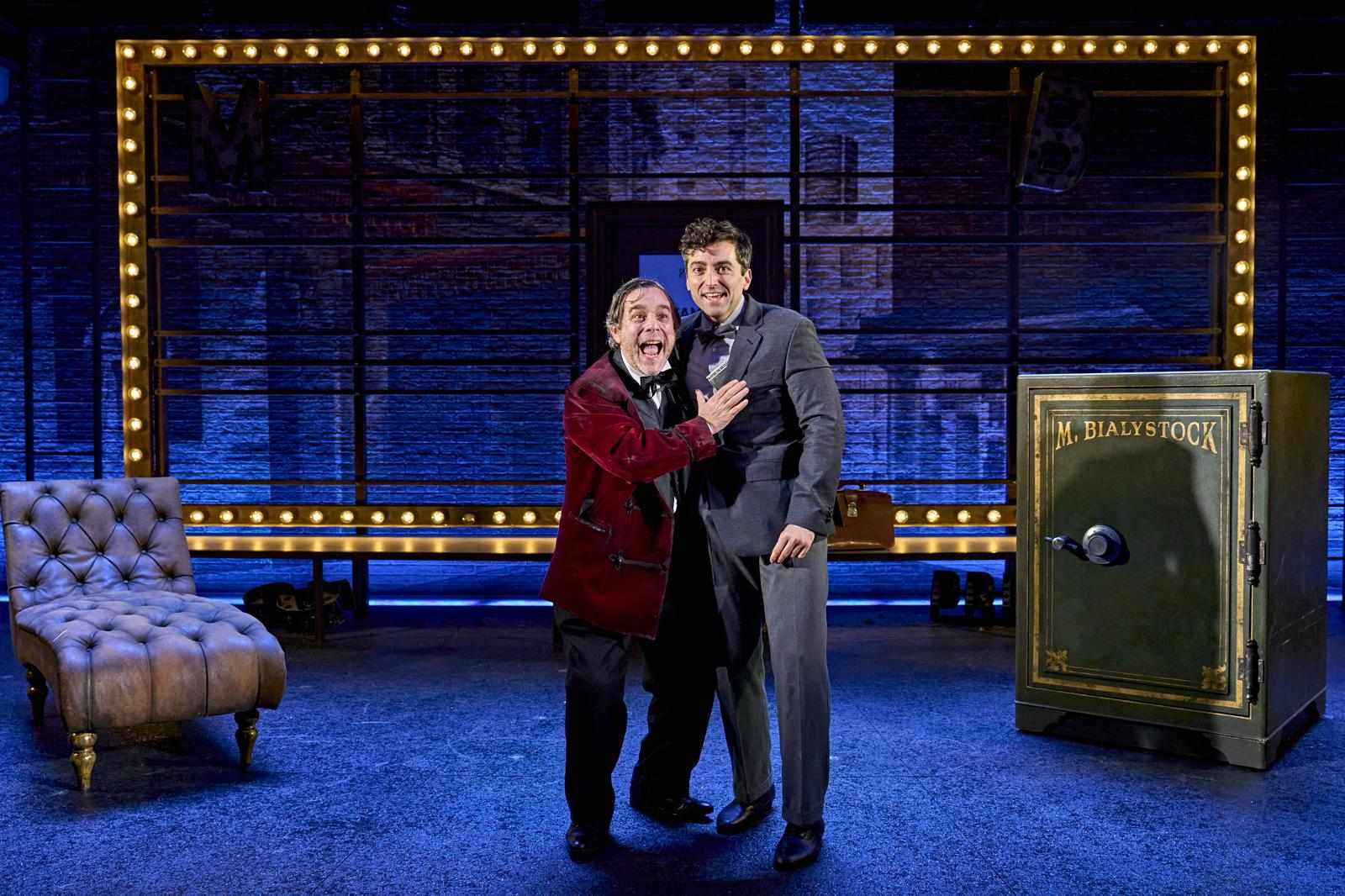
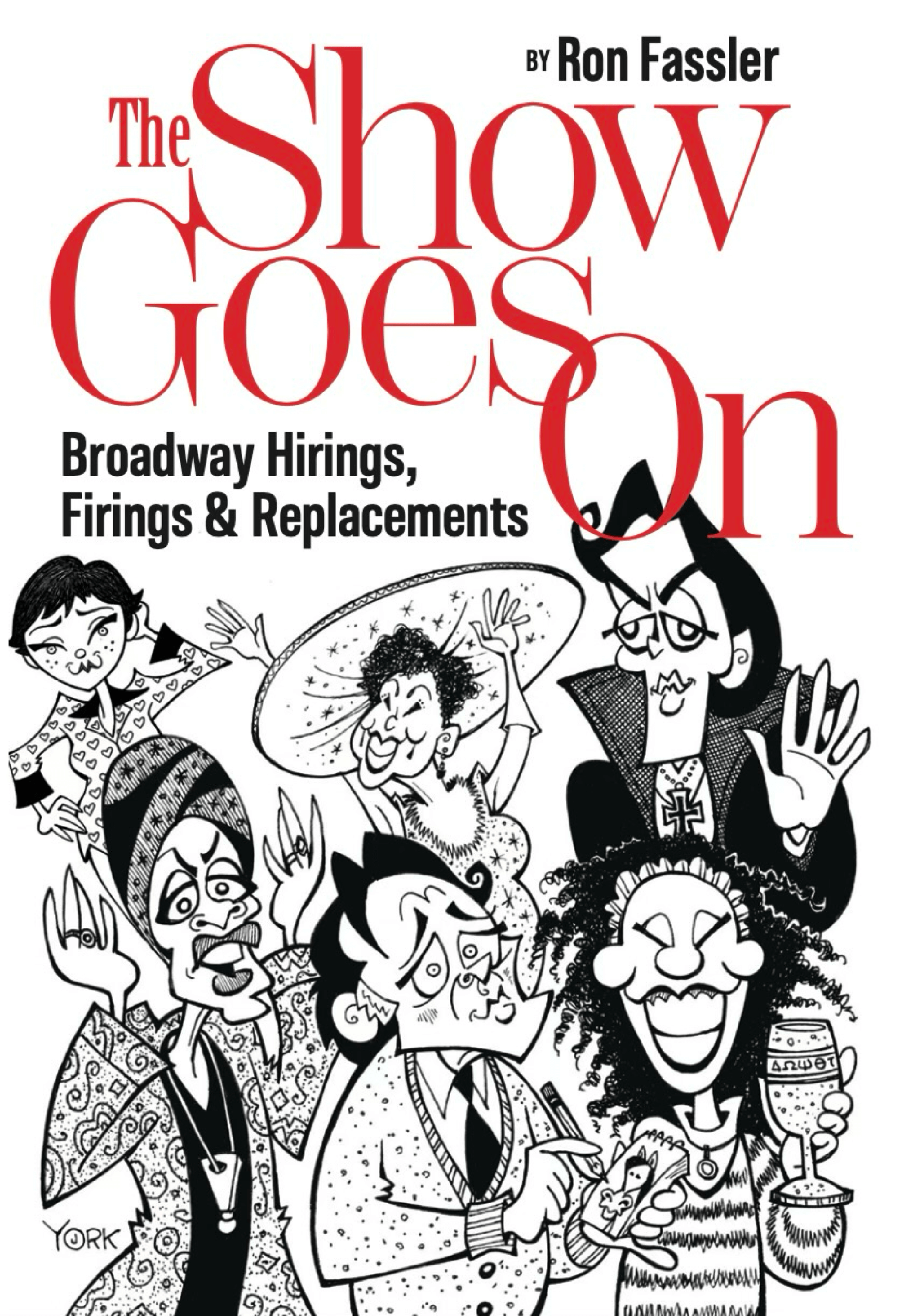

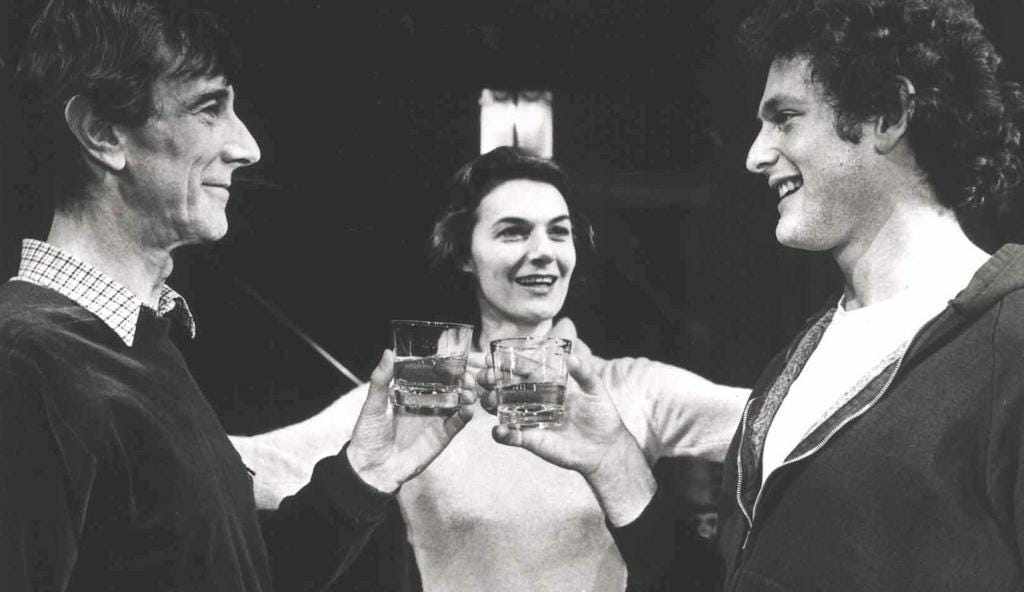





Write a comment ...